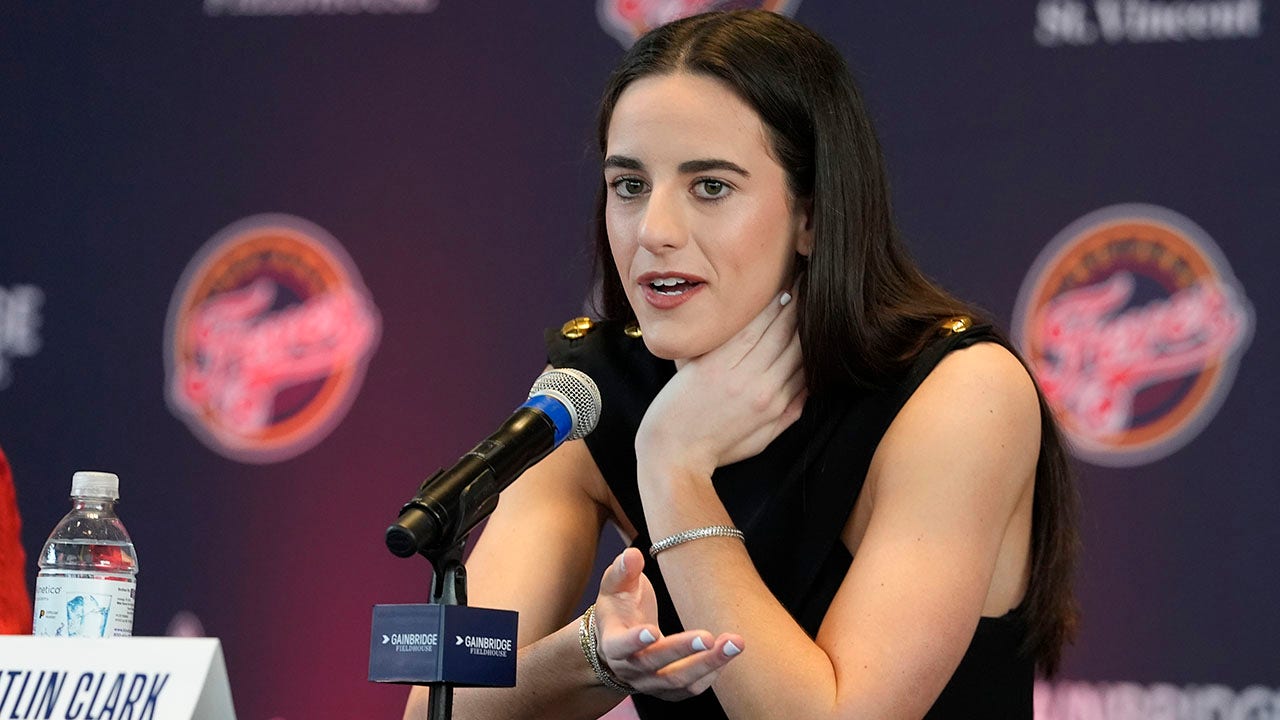LIVERPOOL, England — Some of the changes have been small, so small as to be imperceptible, at least from the outside. This summer, for the first time, Everton hired someone specifically to take care of the uniforms of its women’s team. It is the sort of thing that serves as a reminder that, in women’s soccer, many little battles are still being won.
Those small changes, though, still have an impact; they still offer a marginal gain. The laundry will no longer have to be done by another staff member, someone who is supposed to be analyzing video or planning coaching sessions, or even by the players themselves. All that time saved can now be put to proper use. Everything can be just a little bit better.
And some of the changes have been considerable, like the nine new players who have joined Everton squad over the last few months. There is Toni Duggan, an experienced England international, the German defender Leonie Maier, the Italian midfielder Aurora Galli, and three players signed from Rosengard, Sweden’s champion-in-waiting, dubbed the Swedish House Mafia by their new teammates.
The most significant change, though, at least as far as the club’s coach, Willie Kirk, is concerned, is the one that is hardest to describe. It struck him, most clearly, while away with his team on a preseason camp in Scotland last month. Something, he could tell, had clicked.
“Maybe it is self-belief,” he said, trying to put his finger on it. “Maybe it is the feeling of watching another player walk through the doors and thinking: Yep, that’s another quality signing. Maybe it is knowing that not one player can be sure they’re starting in the next game, and that competition driving standards.”
Kirk may not be able to name it, not precisely, but he is happy to talk about it. The first time Izzy Christiansen, the club’s vastly experienced midfielder, sat down with Kirk — in the winter of 2019 — her abiding impression was of a coach who had absolutely “no fluff,” she said. He did not try to give her the hard sell as to why she should sign with Everton.
“There wasn’t a pitch,” Christiansen said. He simply bought her a coffee — “That’s one way to persuade me to join a club,” she said — and explained how he saw her as a player, what he thought she would bring to the team, and what he, and his club, were trying to do. “It was matter-of-fact,” she said.
He is exactly the same when it comes to his intentions for his team. “We are not shy about being ambitious,” Kirk said.
It is telling that, when asked if the plan for the season is to challenge the Big Three of England’s Women’s Super League — Chelsea, Manchester City and Arsenal — when the season opens on Saturday, Christiansen recalibrated the question. “That’s what we intend to do,” she said. “To compete, and to surpass. We want to take the club back into the Champions League, where it belongs.”
Of course, the landscape of women’s soccer has undergone a seismic shift, both domestically and in Europe, in the decade or so since Everton last graced that competition. At the start of the 2010s, Everton’s rivals for a place were Arsenal, Birmingham City, Liverpool. They were teams mostly populated by British players; few, if any, trained in the same facilities as their respective men’s teams.
The W.S.L. of 2021 is starkly different: dominated by the polyglot squads constructed, at lavish expense, by Chelsea, City and Arsenal. The former boasts not only the most expensive women’s player of all time, the striker Pernille Harder, but the highest-paid female player in the world, Sam Kerr.
Manchester City can call on the backbone of the England national squad — the captain Steph Houghton, Lucy Bronze, Ellen White, half a dozen others — and has sufficient financial clout that it was able to tempt one of Everton’s best players, the Australian wing Hayley Raso, to Manchester this summer. Arsenal, meanwhile, can lay claim to possessing possibly the world’s best player: the Dutch striker Vivianne Miedema. On Friday, it picked up one of the American star Tobin Heath.
Those three teams have stood, almost unchallenged, at the summit of the W.S.L. for some time. They have combined to win the last five titles — Chelsea claiming three — and have accounted for every English spot in the Champions League since 2014. They are, as Kirk admitted, a formidable barrier.
And yet the club believes it can break that stranglehold. “I’ve made it clear to the players that to do it we will have to punch above our weight in terms of budget,” he said. “Finance does come into it, but we feel we are there.”
He credits the club’s “clever” recruitment, led by its sporting director, Sarvar Ismailov — a nephew of Alisher Usmanov, the business partner of Everton’s majority owner Farhad Moshiri, who has now been appointed to the club’s board — for much of that growth. “We have to be flexible, and we have to be smarter,” Kirk said.
Within the club, Ismailov is credited with both having a keen eye for talent and an ability to drive a bargain: There are, Kirk has said previously and approvingly, “not many in the women’s game who like him.” It was Ismailov who led the campaign to land perhaps the most eye-catching of Everton’s summer recruits, the 18-year-old Swedish midfielder Hanna Bennison, the club’s record signing.
But that is only one element. When she looks back at the club she joined almost two years ago, now, Christiansen sees “something special,” something that Kirk traces not just to the raft of new players.
“We have improved our working practices,” he said, a category that doubtless includes the hiring of a uniform attendant. “We have signed a lot of previous winners. We have always had a positive environment, but that breeds a winning culture.”
It is a trend he sees across the club. Everton is working on building a new stadium (principally) for its men’s team. The last two coaches of the men’s team, Carlo Ancelotti and Rafa Benítez, are both Champions League winners. The ambition for the women’s team, in Kirk’s eyes, is no different to the ambition for the men’s.
Perhaps, though, that relationship does not function quite as it is often presented. Everton has been condemned — through sheer economics as much as anything else — to life in the upper mid-table of the Premier League. It would cost the club hundreds of millions of dollars in transfer fees to even have a hope of overhauling Manchester City’s and Chelsea’s men’s teams.
In the women’s game, though, it can now consider itself a force. It can talk of winning a place in the Champions League, and it can think, not entirely idly, of winning a championship. It can contemplate meeting clubs that exist on a different stratum in men’s soccer as something approaching equals in women’s.
That has not come cheap — Bennison alone cost a “substantial six-figure sum” to coax from Rosengard — and it has not been straightforward. But Everton, unlike many of its peers in the no-man’s-land below the elite in the Premier League, now has the reward: a chance to compete, to challenge, and perhaps to surpass. That impetus has not flowed from the men’s team to the women’s but, if anything, the other way round.
That is what all of those changes, the small and the large alike, have added up to: a club that has a stage on which to be truly ambitious once more, and a team that is not afraid to talk about it.




